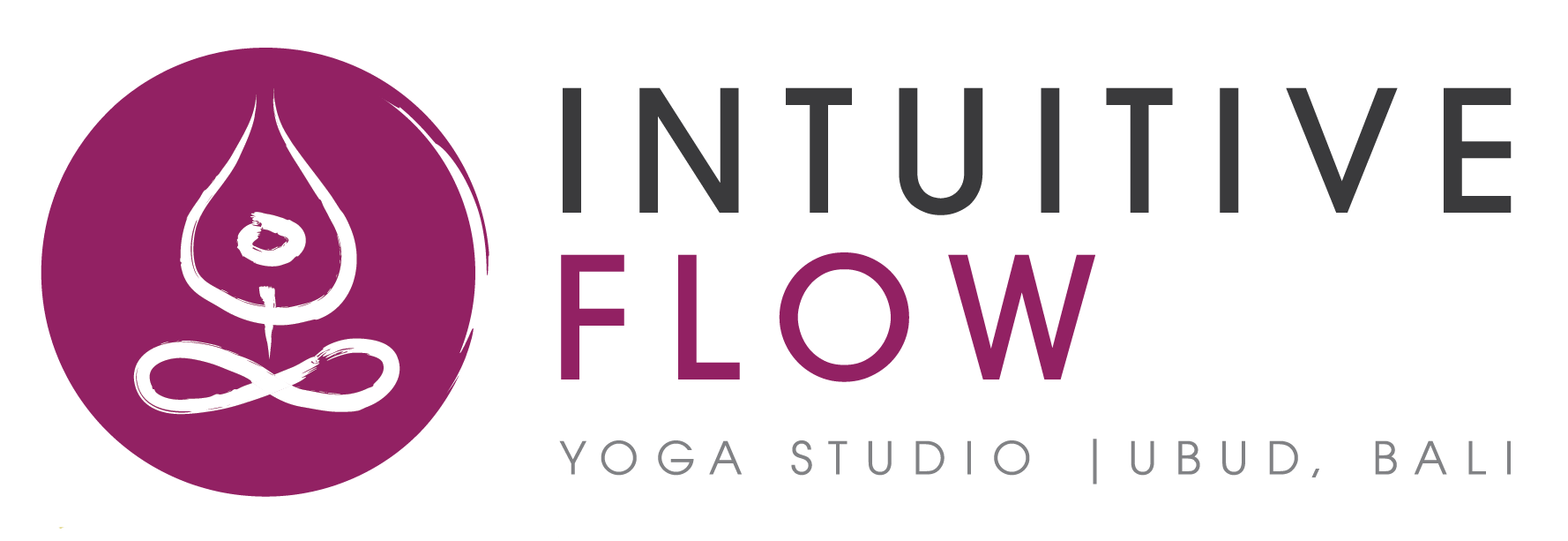26 May The divine vibration of Vedic chants
Chanting has been a part of my daily practice for several years now and I have received so many blessings from it. I truly feel that chanting the Vedas has allowed doors to be opened in the depths of my consciousness and has also been the source of a deep shift within my spiritual progress. When we chant Sanskrit, a seed becomes planted deep in our consciousness. The more we chant, the more we find that potent seeds are being planted. As we progress on our path not only can we actually witness the seeds grow, but we can also reap the results. We practice yoga to raise our consciousness and chanting is a swift way to reach a deeper meditative state. Chanting benefits us even though we don’t know the meaning of the chant. More importantly, the meaning of the words becomes clearer as that seed grows.
The source of power comes from the Sanskrit language as within Sanskrit, the meaning of a word is not separate from the sound of the word. Name and form are identical in Sanskrit. Furthermore, each sound of the Sanskrit alphabet has a corresponding vibration in our body and each letter of the alphabet actually corresponds to 50 different parts of the body. Sound is a vibration; vibration is the source of the sound and the energy of a mantra. Each sound then triggers an impulse within the body.
Shiva is often depicted in Hindu mythology with a drum called a “damaru” and according to this mythology, the Sanskrit alphabet was generated from the beating of Shiva’s drum, whose resonance permeates all space. In that respect the drum “damaru” symbolizes the sound of creation, “Aum”, from which all Vedas and mantras originated, as well as the entire universe.
Sanskrit is the language of Vedic tradition. The Vedas were brought to us by rishis who were called “mantra drasta”. The rishis had the gifts, siddhis, of seeing, hearing and knowing. The mantras are actually sound impulses heard by the rishis while they were in a trance, meditating. They heard the vibration and repeated it. The Vedas are called “sruti” because they are supposed to be heard, and were originally transmitted orally from teacher to students.
Ancient rishis knew that we were made out of sound and light. Chanting the Vedas allows us to align ourselves with the source of the vibrations and become one with the source. If we align ourselves with the vibration “spandam”, then we are in union with the source of creation.
The purpose of chanting the Vedas is to elevate and expand the mind and consciousness. When we chant Sanskrit it keeps the prana inside of us because each mantra combines sounds from the 50 letters of the Sanskrit alphabet. Chanting comprises two elements: “prana”, the vital manifestation of the consciousness, and “vak”, speech which gives form to matter and thoughts. Prana is directly connected to our capacity for self-awareness and during chanting; a connection becomes established between prana, the senses, and the mind. Any sound requires breath, and as prana is the energy supporting speech, without it, there would be no speech.
Thoughts are merely speech which has been created in the mind, linking all our senses together, and then speech allows us to express what we feel through our senses. Your mind is comprised of thoughts which appear according to your experiences. For example, if I think about an object, in my mind I visualize the mental image of that object.
Chanting helps you to master your mind and continual chanting of japa, “repetition of mantra”, re-shapes the mind. We can replace a particular object with a particular sound, for example, “Aum”, and the constant repetition of it then molds our mind. Mantras turn the mind inward and release spiritual energy into the nadis and chakras.
The physical body, the temple of Jivatman, and a sense of awareness are all created by the energy of the breath, “prana”. Prana is the regulation of vibrations within us, and so if breath has an effect on our senses and mind, it can also affect the body. In that sense, our asana practice becomes more effective with chanting of a mantra. The same goes for pranayama, because mentally chanting a mantra while doing pranayama, magnifies the practice. And it is possible to control your breathing by using yoga, in order to establish a connection with the cosmic breath.
Ancient yogis used mantras to regulate their breath, help harness them to cosmic prana, and to retain the prana inside their body. You will find that as you attune yourself to the divine vibration, you will positively influence everything around you. As within, so without.

